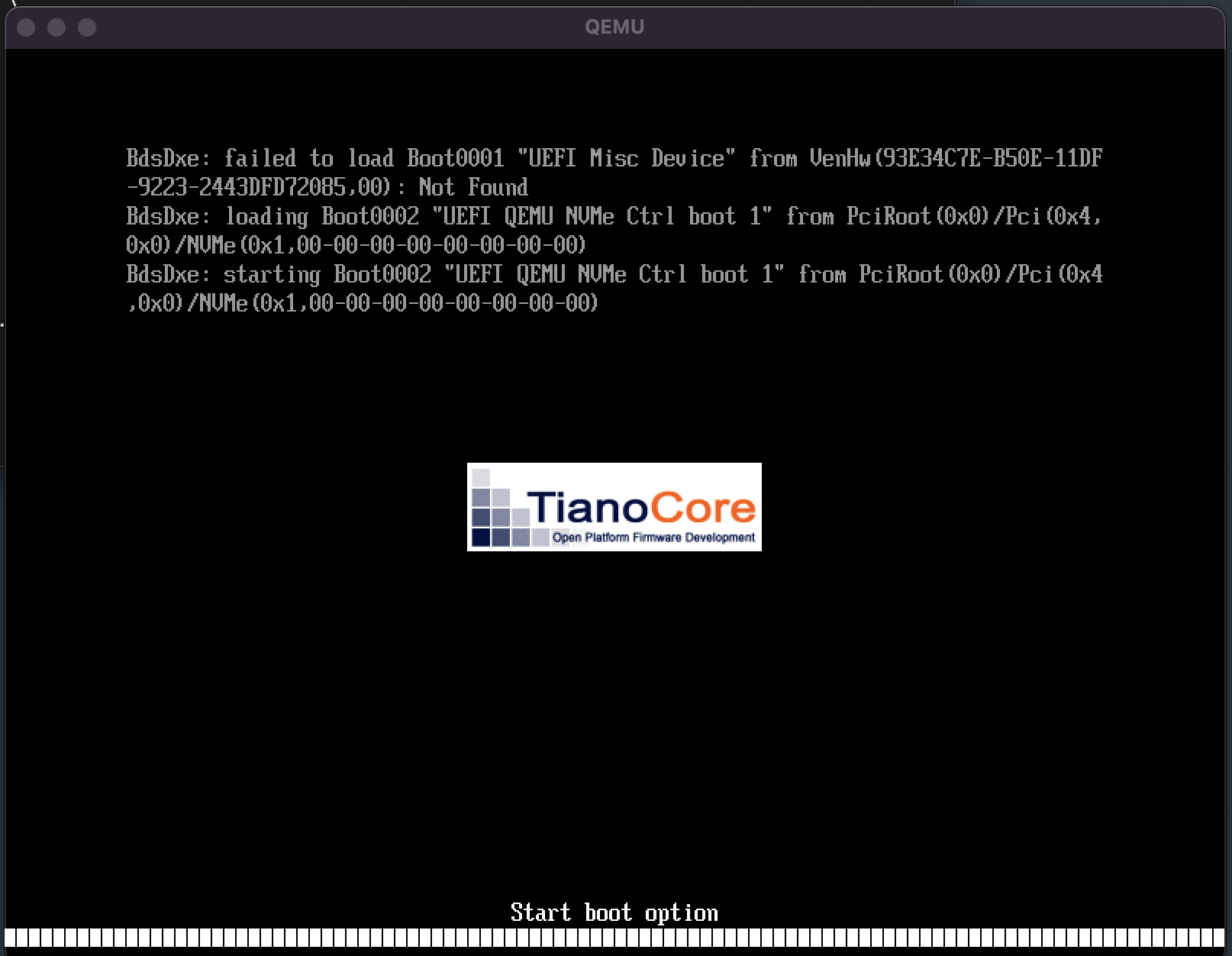-
Follow the excellent gist here, up to and including step 7 : https://gist.github.com/niw/e4313b9c14e968764a52375da41b4278
-
I converted my VHDX to qcow2 - I doubt if that's significant, but YMMV:
./qemu-img convert -p -O qcow2 ~/Windows11_InsiderPreview_Client_ARM64_en-us__22454-orig.VHDX Windows11.img
- Run qemu with a slightly modified command-line. It may not be the most efficient, but it worked for me:
./qemu-system-aarch64 \
-monitor stdio \
-M virt,highmem=off \
-accel hvf \
-cpu host \
-smp 8 \
-m 8192 \
-drive file=pflash0.img,format=raw,if=pflash,readonly=on \
-drive file=pflash1.img,format=raw,if=pflash \
-device ramfb \
-device qemu-xhci \
-device usb-kbd \
-device usb-tablet \
-device intel-hda \
-device hda-duplex \
-nic user,model=virtio \
-drive file=Windows11.img,format=qcow2,if=none,id=boot \
-device nvme,drive=boot,serial=boot \
-boot c \
-drive file=spice-guest-tools-0.164.iso,media=cdrom,if=none,id=drivers \
-device usb-storage,drive=drivers
- Boot Windows and run the spice tool setup to install drivers to enable NICs, etc.


@gabonator, I'm afraid my boot sequence looks quite different:
I did not modify the VHDX before converting to qcow2 - the '-orig' was there as I was originally trying to boot straight from the VHDX and kept corrupting it, so I kept a pristine copy as -orig and booted off copies of that.
My macbook air is on 11.6